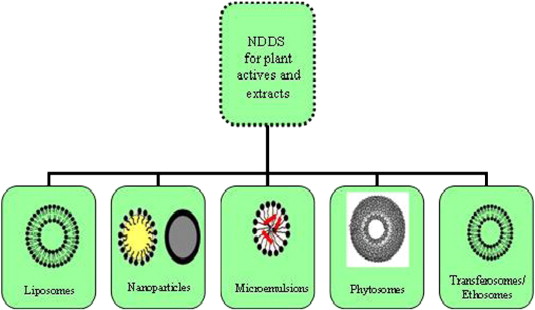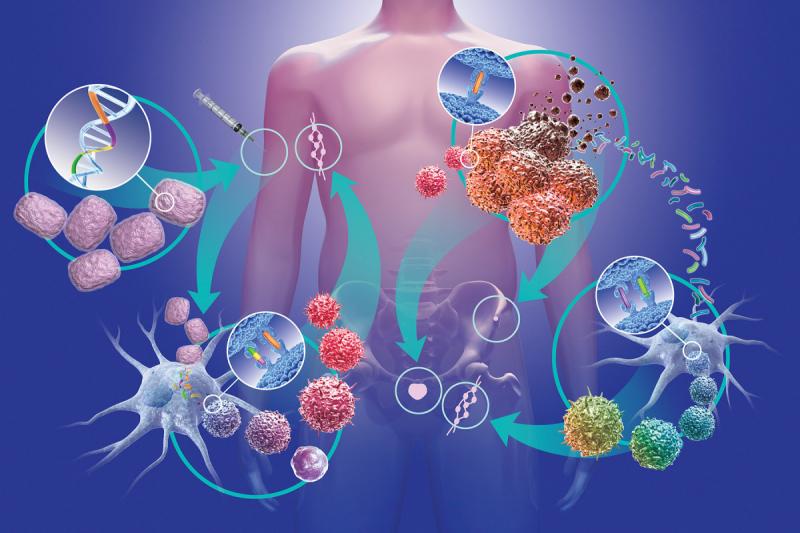

Novel Drug Delivery Systems
Drug design, often referred to as rational drug design or simply rational design, is the inventive process of finding new medications based on the knowledge of a biological target.
The drug is most commonly an organic small molecule that activates or inhibits the function of a biomolecule such as a protein, which in turn results in a therapeutic benefit to the patient. In the most basic sense, drug design involves the design of molecules that are complementary in shape and charge to the bimolecular target with which they interact and therefore will bind to it. Drug design frequently but not necessarily relies on computer modeling techniques.
This type of modeling is sometimes referred to as computer-aided drug design. Finally, drug design that relies on the knowledge of the three-dimensional structure of the bimolecular target is known as structure-based drug design.
In addition to small molecules, biopharmaceuticals including peptides and especially therapeutic antibodies are an increasingly important class of drugs and computational methods for improving the affinity, selectivity, and stability of these protein-based therapeutics have also been developed.
The phrase "drug design" is to some extent a misnomer. A more accurate term is ligand design (i.e., design of a molecule that will bind tightly to its target).
Although design techniques for prediction of binding affinity are reasonably successful, there are many other properties, such as bioavailability, metabolic half-life, side effects, etc., that first must be optimized before a ligand can become a safe and efficacious drug. These other characteristics are often difficult to predict with rational design techniques. Nevertheless, due to high attrition rates, especially during clinical phases of drug development, more attention is being focused early in the drug design process on selecting candidate drugs whose physicochemical properties are predicted to result in fewer complications during development and hence more likely to lead to an approved, marketed drug.
Furthermore, in vitro experiments complemented with computation methods are increasingly used in early drug discovery to select compounds with more favorable ADME (absorption, distribution, metabolism, and excretion) and toxicological profiles.
Novel drug delivery system is a novel approach to drug delivery that addresses the limitations of the traditional drug delivery systems. Our country has a vast knowledge base of Ayurveda whose potential is only being realized in the recent years. However, the drug delivery system used for administering the herbal medicine to the patient is traditional and out-of-date, resulting in reduced efficacy of the drug. If the novel drug delivery technology is applied in herbal medicine, it may help in increasing the efficacy and reducing the side effects of various herbal compounds and herbs.
This is the basic idea behind incorporating novel method of drug delivery in herbal medicines. Thus it is important to integrate novel drug delivery system and Indian Ayurveda medicines to combat more serious diseases.
For a long time herbal medicines were not considered for development as novel formulations owing to lack of scientific justification and processing difficulties, such as standardization, extraction and identification of individual drug components in complex polyhedral systems.
However, modern phytopharmaceutical research can solve the scientific needs (such as determination of pharmacokinetics, mechanism of action, site of action, accurate dose required etc.) of herbal medicines to be incorporated in novel drug delivery system, such as nanoparticles, micro emulsions, matrix systems, solid dispersions, liposomes, solid lipid nanoparticles and so on.
This article summarizes various drug delivery technologies, which can be used for herbal actives together with some examples.
Keywords: Herbal medicines, herbs, novel drug delivery system, phytopharmaceuticals
The future of medicine is rooted in the past, before chemists undertook to synthesize synthetic silver bullets for all that ailments, and before pharmaceutical companies hitched our collective health to what has become for them a multibillion-dollar wagon. In the past, almost all the medicines were from the plants; the plant being man's only chemist for ages.
Herbs are staging a comeback, herbal ‘renaissance’ is happening all over the globe and more and more people are taking note of herbal therapies to treat various kinds of ailments in place of mainstream medicine. There are three main reasons for the popularity of herbal medicines:
There is a growing concern over the reliance and safety of drugs and surgery.
Modern medicine is failing to effectively treat many of the most common health conditions.
Many natural measures are being shown to produce better results than drugs or surgery without the side effects.
Also there is increasing evidence that many current drug therapies simply suppress symptoms and ignore the underlying disease processes. In contrast, many natural products appear to address the cause of many diseases and yield superior clinical results. Unfortunately, most physicians and patients are not aware that these natural alternatives exist. But research in this field is a never ending process.
The method by which a drug is delivered can have a significant effect on its efficacy. Some drugs have an optimum concentration range within which maximum benefit is derived, and concentrations above or below this range can be toxic or produce no therapeutic benefit at all.
On the other hand, the very slow progress in the efficacy of the treatment of severe diseases has suggested a growing need for a multidisciplinary approach to the delivery of therapeutics to targets in tissues.
From this, new ideas on controlling the pharmacokinetics, pharmacodynamics, non-specific toxicity, immunogenicity, bio-recognition and efficacy of drugs were generated.
These new strategies, often called drug delivery systems (DDS), are based on interdisciplinary approaches that combine polymer science, pharmaceutics, bio conjugate chemistry and molecular biology.


